No products in the cart.
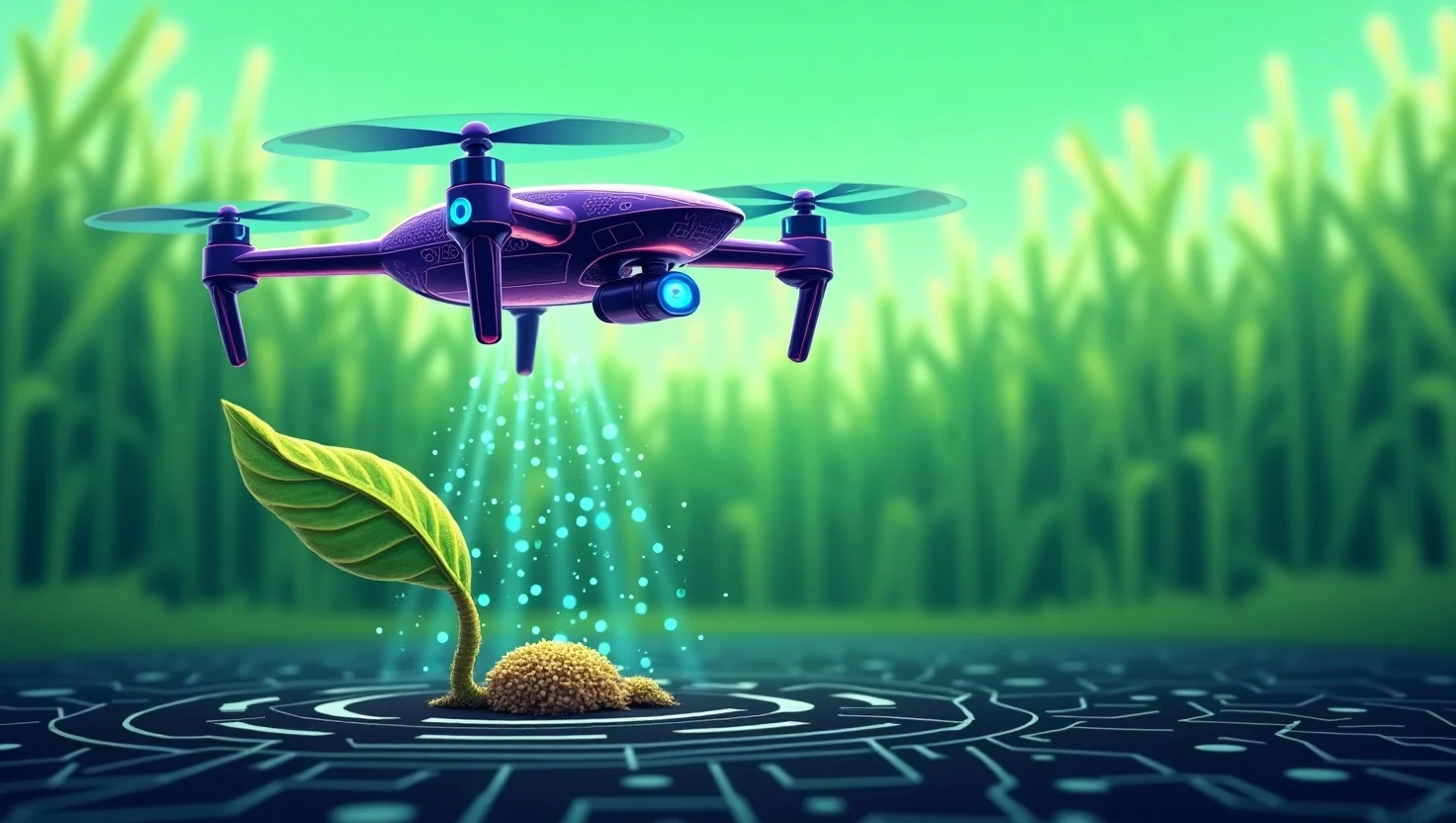
1. Introduction:
Each year, crop diseases silently eat away billions of dollars in global agricultural yields. For many farmers, by the time visible symptoms appear, it’s often too late, fungal infections, bacterial blights, or viral outbreaks have already spread across fields. The traditional methods of scouting and manual inspection simply can’t keep up with fast-moving threats in today’s climate-affected environment.
Here’s where artificial intelligence (AI) steps in as a game-changer.
AI in agriculture, particularly in crop disease forecasting, is not just a futuristic idea, it’s already reshaping how farmers detect, prevent, and respond to outbreaks. With tools like image recognition, real-time sensors, and machine learning algorithms, AI enables early detection of plant diseases before they cause irreversible damage.
As climate variability increases and new pathogens emerge, the role of AI in Predicting Crop Diseases has never been more vital. In this article, we’ll explore how AI detects crop disease early, real-world tools in action, benefits, limitations, and how farmers can start using predictive technologies today.
2. Understanding the Impact of Crop Diseases
Crop diseases are a major threat to global food security, costing farmers billions of dollars each year. From fungal infections like rust and mildew to viral and bacterial invasions, plant diseases reduce both yield and quality, often with little warning. According to the FAO, up to 40% of global crop production is lost annually due to pests and diseases.
Traditional crop disease monitoring methods rely heavily on manual inspections and farmer experience. Unfortunately, these approaches often fail to detect early-stage infections. By the time symptoms become visible, the disease may have already spread to adjacent fields, making containment much harder and costlier.
Early disease detection is crucial, especially in regions vulnerable to climate-driven outbreaks. Shifting weather patterns have led to longer growing seasons and new habitats for disease-spreading organisms, complicating control strategies even further.
This is where precision farming powered by AI steps in. By analyzing patterns in environmental conditions, soil health, and plant behavior, AI models can forecast disease outbreaks before they start. This proactive approach helps farmers make timely decisions and reduce unnecessary pesticide use.
Understanding the scale and speed of crop disease spread highlights why real-time AI solutions are no longer optional, they’re essential for the future of sustainable agriculture.

3. How AI Works in Crop Disease Detection
AI-driven crop disease detection relies on a combination of machine learning, computer vision, and real-time data analysis to monitor plant health at scale. These systems gather data from sources like drones, satellite imagery, agricultural sensors, and even smartphone cameras. Then, advanced algorithms analyze this data to detect subtle patterns and anomalies that indicate early signs of disease.
One common method is image-based analysis. AI models trained on thousands of crop images can spot discoloration, lesions, or irregular growth long before the human eye can. When integrated with IoT devices and field sensors, these tools enable real-time disease detection, providing farmers with instant alerts.
Machine learning in agriculture also enhances forecasting capabilities. By processing historical crop health data along with current environmental conditions, such as humidity, soil moisture, and temperature, AI systems can predict the likelihood of disease outbreaks before they occur. This predictive analytics approach makes AI crop monitoring not only reactive but preventative.
These technologies are the backbone of smart farming practices, giving farmers a detailed, dynamic view of plant health across vast fields. As more farms digitize operations, AI’s role in disease identification will grow, delivering faster responses and minimizing costly damage to crops.
4. Case Studies – AI Tools Already in Use
AI in agriculture is not just theoretical, farmers across the globe are already using it to predict and prevent crop diseases with measurable success. For instance, Plantix, a popular AI-powered farming app, uses smartphone-captured images and machine learning to identify crop diseases instantly. It also provides tailored recommendations, helping farmers take immediate corrective actions.
Another breakthrough example is IBM’s Watson Decision Platform for Agriculture, which combines weather forecasting, remote sensing data, and soil analytics to deliver disease prediction models. These tools allow large-scale farmers to map out potential outbreaks and manage field treatments efficiently.
In India, AgNext leverages AI and spectral imaging to detect nutrient deficiencies and fungal infections before symptoms manifest visually. By integrating remote sensing and plant health monitoring, farmers receive real-time insights directly on their devices.
In the U.S., companies like Taranis and PEAT are pioneering drone-based crop monitoring systems that scan thousands of acres in minutes, using AI to flag problem areas with remarkable accuracy.
These real-world applications prove AI isn’t a future concept, it’s a current necessity. As more farmers adopt AI-powered farming tools, the agricultural sector moves toward a data-driven, disease-resilient future.
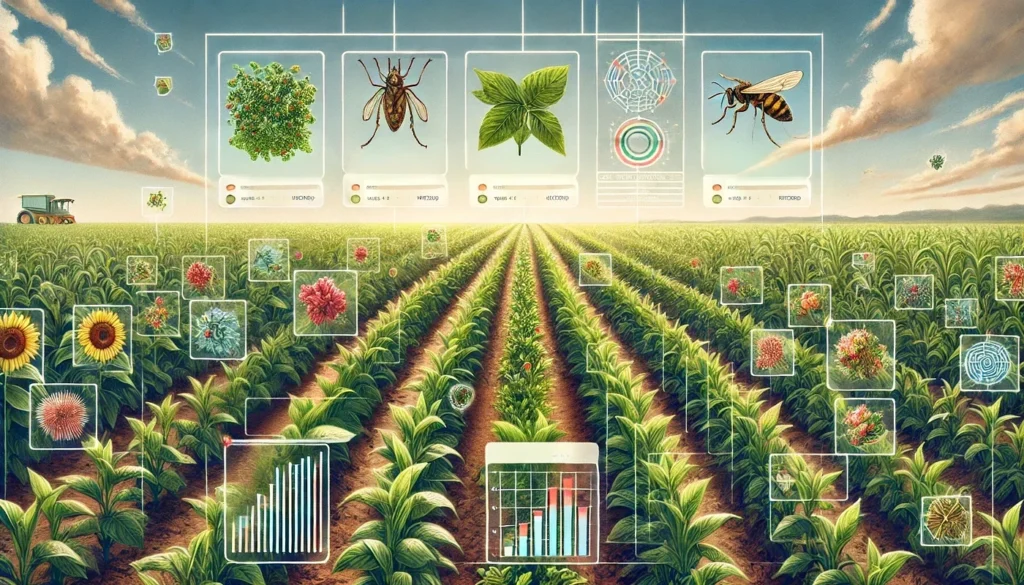
5. Benefits of Early Detection with AI
The biggest advantage of using AI in predicting crop diseases lies in early intervention. Traditional detection methods often identify diseases after visible symptoms appear, by then, damage has already been done. In contrast, AI-powered early warning systems can detect microscopic signs of infection, allowing farmers to act before a full outbreak occurs.
This proactive approach dramatically reduces yield losses, which is critical for both food security and farmer income. Moreover, early detection helps in minimizing pesticide use, as targeted treatments can be applied only where needed. This not only saves costs but also promotes environmentally sustainable agriculture by reducing chemical overuse.
Another key benefit is real-time decision-making. AI in plant pathology processes data from sensors, weather feeds, and historical disease patterns to give actionable insights, improving the precision and timing of interventions.
For large-scale farms, early alerts enable better resource planning, from labor allocation to irrigation adjustments. For smallholders, AI tools lower the barriers to accessing expert-level disease diagnostics, empowering them to compete more effectively in agricultural markets.
In sum, early detection through AI doesn’t just fight plant diseases, it transforms agriculture into a smarter, more resilient system built to thrive in uncertain conditions.
6. Challenges and Limitations
While AI offers powerful solutions for crop disease prediction, it’s not without its challenges. One major hurdle is data quality and availability. AI systems require large, diverse datasets, often from different regions, crops, and disease types, to function accurately. Inconsistent or limited data can lead to flawed predictions or algorithm bias, especially when applied across varied agricultural zones.
Another issue is technological accessibility. Many smallholder farmers, especially in developing countries, lack the infrastructure, like high-speed internet, smartphones, or IoT devices, needed to fully leverage AI-powered tools. This digital divide can prevent widespread adoption of smart farming technologies where they’re often needed most.
There’s also the challenge of interpretability. AI models can be complex “black boxes,” making it difficult for farmers or agronomists to understand how predictions are made. Trust in these systems is still growing, and better transparency will be essential.
Additionally, high implementation costs, limited technical training, and concerns around data privacy are slowing down adoption in some regions.
Despite these barriers, progress is being made. With growing investment and education, these limitations are gradually being addressed, ensuring AI becomes more inclusive, scalable, and accurate for farmers around the world.

7. Conclusion and Call to Action
AI’s role in predicting crop diseases before they spread is reshaping modern agriculture by offering solutions that are timely, accurate, and efficient. With early disease detection, farmers can prevent massive yield losses, reduce the use of harmful pesticides, and implement more sustainable farming practices. While challenges like data quality and access persist, the potential benefits make AI an indispensable tool in the fight against crop diseases.
Farmers worldwide, from large-scale operations to smallholders, stand to gain from adopting AI-powered solutions. However, to fully unlock this potential, collaboration between technology providers, agricultural experts, and government bodies is key to addressing the barriers to adoption.
If you’re a farmer or part of the agricultural industry, now is the time to explore AI tools for disease prediction. Stay ahead of threats, safeguard your crops, and optimize your farming practices by integrating AI today. Embrace the future of agriculture, make informed decisions before disease outbreaks hit, and ensure the resilience of your fields.
Contact us to learn more about AI-powered solutions and how they can help protect your crops.
FAQs:
Q1. How does AI detect crop diseases before they spread?
AI uses machine learning and image recognition tools to analyze real-time data from sensors, drones, and cameras to identify early signs of crop diseases.
Q2. What are the benefits of AI in crop disease prediction?
AI helps farmers detect diseases early, reducing yield loss, minimizing pesticide use, and promoting sustainable farming practices.
Q3. Which AI tools are most effective for detecting crop diseases?
Tools like Plantix, IBM Watson Decision Platform, and Taranis are among the most popular AI-powered solutions for crop disease prediction.
Q4. What challenges exist in adopting AI for crop disease detection?
Challenges include data quality, digital accessibility, high costs, and the need for transparency in AI predictions.
Q5. How can farmers start using AI for crop disease prediction?
Farmers can start by exploring AI-powered apps, sensors, and drones that offer disease forecasting and real-time monitoring, and integrate these technologies into their farming practices.
Related Articles
Livestock Farming
AI in Aquaculture: How Smart Tech is Transforming Fish Farming
1. Introduction: The world’s appetite for seafood is growing fast, yet traditional...
Livestock Farming
The Future of Farming: Why AI-Powered Tractors Are Gaining Popularity
1. Introduction: Across the world, farmers are grappling with rising costs, shrinking...
Livestock Farming
Using AI to Track Livestock Health and Prevent Disease Outbreaks
1. Introduction: In recent years, livestock farmers around the world have faced...
Livestock Farming
How Machine Learning Is Changing Fertilizer Application on Farms
1. Introduction: For decades, farmers have applied fertilizer using general formulas, blanket...
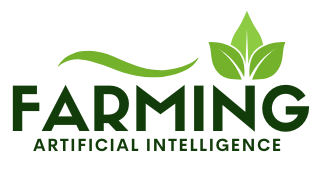


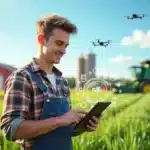

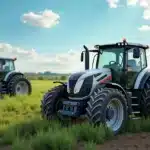


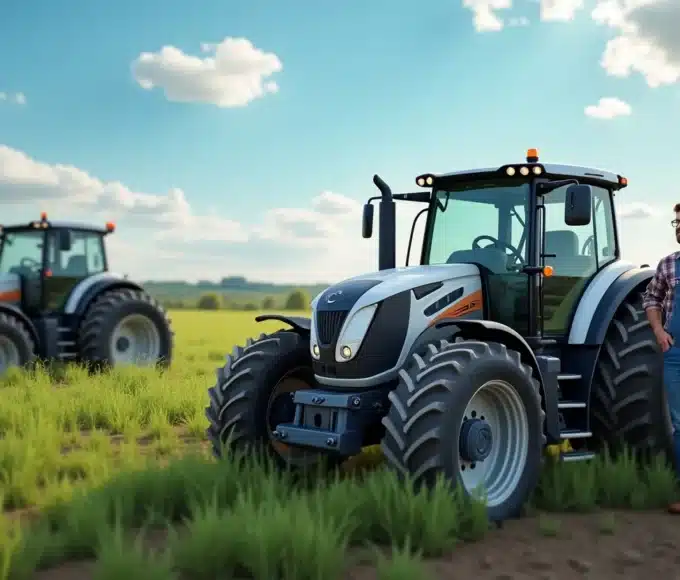
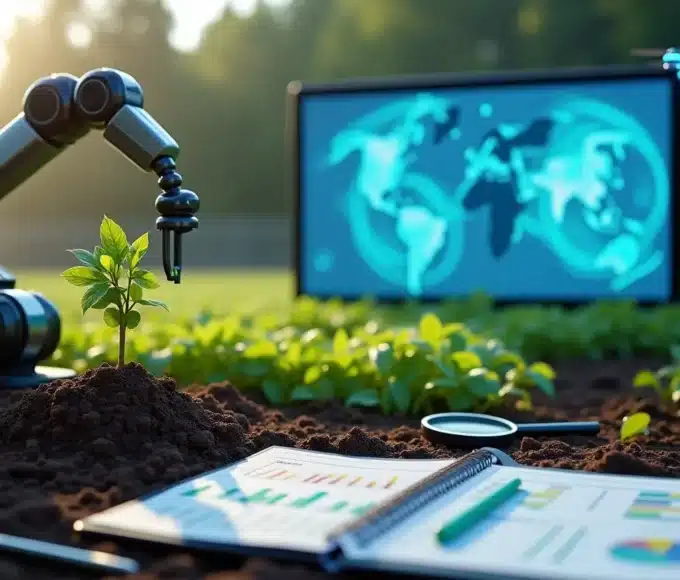
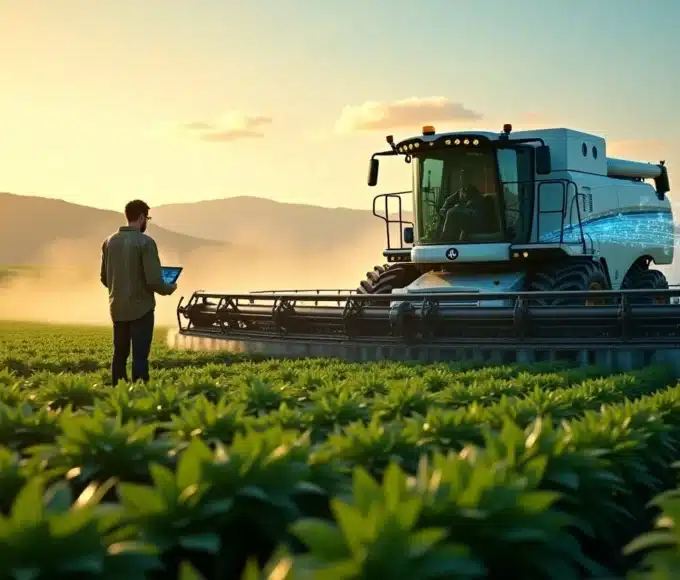
Leave a comment